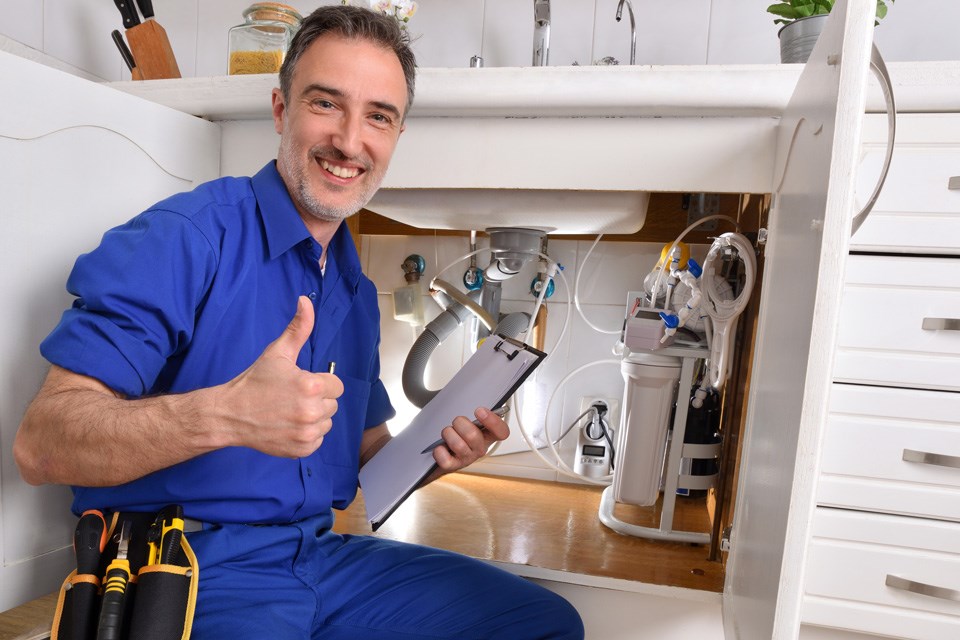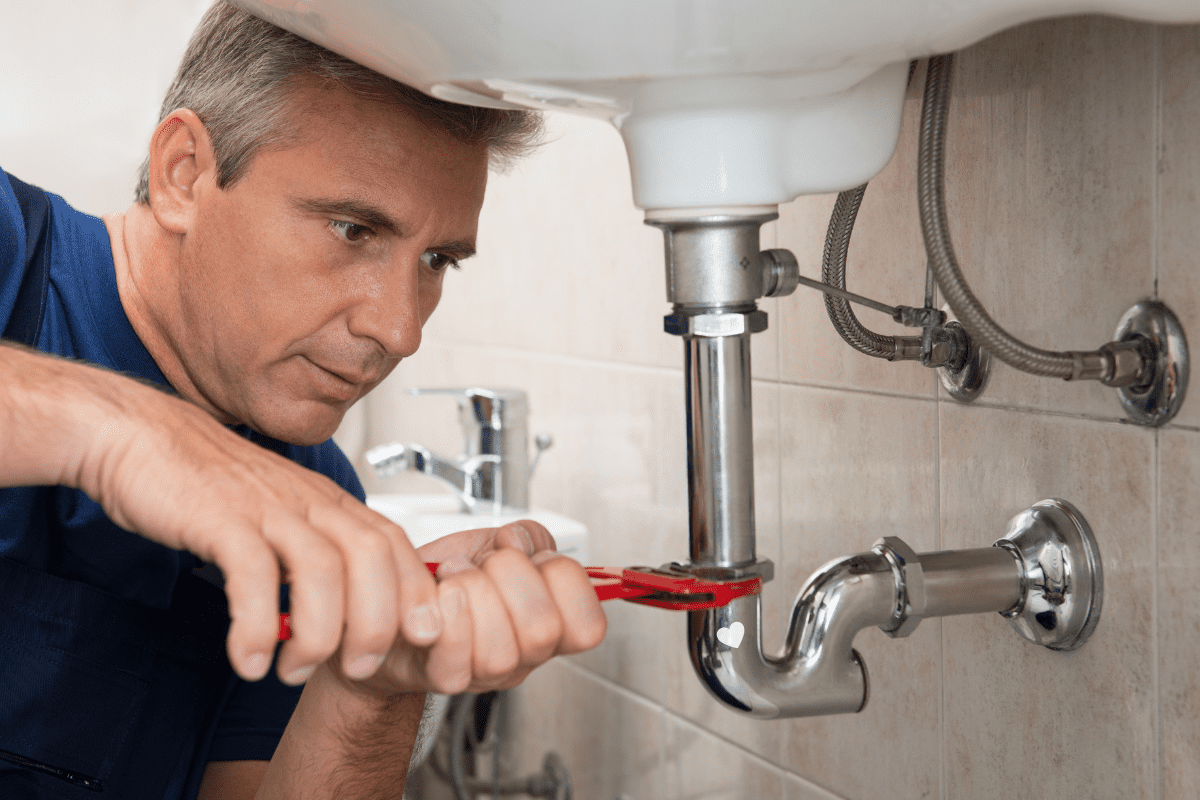Rapid and Efficient Drain Cleaning Alabaster AL Services Available
Rapid and Efficient Drain Cleaning Alabaster AL Services Available
Blog Article
A Detailed Guide to Reliable Water Heater Installation for Optimal Performance
Getting started on the task of mounting a water heating unit is a venture that requires precision and an organized approach for achieving ideal performance. As you proceed, the ins and outs of linking water supply lines and establishing up reliable electric or gas links await, appealing insights into ensuring efficiency and dependability.
Choosing the Right Hot Water Heater

Following, take into consideration the dimension and capability of the hot water heater. It's crucial to examine your house's warm water requirements, which can vary based upon the variety of residents and their use patterns. A system that's also small may lead to inadequate hot water, while an oversized version could cause unneeded power consumption.
Effectiveness scores additionally play a pivotal duty in option. Try to find water heaters with high Energy Factor (EF) scores, suggesting superior performance and reduced power usage. Tankless versions, though typically more pricey in advance, offer significant energy financial savings in time due to their on-demand heating capacities.
Preparing the Setup Location
Before mounting a new hot water heater, careful prep work of the setup area is important. This ensures a smooth installation process and assists prevent future issues (Water Heater installation Alabaster AL). Begin by picking a proper place that adheres to neighborhood building regulations and security requirements. The area should be completely dry, well-ventilated, and accessible for maintenance. It's essential to determine the space carefully to fit the hot water heater's measurements, making certain adequate clearance around the device for effective operation and maintenance.
Check the floor for security, as the water heating system will need a strong, degree surface to operate successfully. If essential, mount a drip pan below the device to catch possible leakages or spills, avoiding water damages to the surrounding area.
Furthermore, make sure that all required devices and products get on hand before commencing the installment. This includes products such as wrenches, screwdrivers, a degree, and any kind of added equipment required for protecting the heating unit and mounting. A well-prepared installation area sets the foundation for a successful water heating system setup, maximizing efficiency and safety.
Connecting Water Lines
When attaching water system lines to your recently set up hot water heater, it is important to guarantee that all links are safe and leak-free to keep efficient operation and prevent water damages. Begin by recognizing the cool and hot supply of water lines. The cold water inlet is generally marked with a blue label or a "C", while the warm water outlet is noted with a red label or an "H".
Use adaptable water heating system connectors to help with a much easier installation process. Prior to attaching the adapters, place a plumbing's tape around the threaded ends of the water heater's inlet and electrical outlet pipelines.
As soon as connections remain in place, slowly switch on the main supply of water valve. Inspect each connection for leaks by aesthetically examining and feeling for wetness. Tighten up connections as necessary, and make sure the pressure safety valve is properly set up, guarding against excessive pressure build-up.
Establishing Electric or Gas Links
Effectively establishing the electric or gas links for your hot water heater is an essential step to guarantee efficient and safe operation. For electrical water heating systems, start by verifying that the electric circuit works with the heating unit's voltage and amperage needs. Make sure the power supply is shut off at the breaker to stop crashes. Attach the electric cables to the heater following the producer's circuitry diagram. Usually, this involves linking the ground wire to the environment-friendly terminal, and the staying wires to their equivalent terminals, safeguarding each with cord nuts.
For gas hot water heater, safety and security is vital. Confirm that the gas supply is off before proceeding. Link the gas line to the hot water heater utilizing a versatile gas connector, guaranteeing it is correctly threaded and sealed with pipe joint compound or Teflon tape suitable for gas connections. Tighten up the links with a wrench, taking care not to over-tighten (Drain Cleaning Alabaster AL).
When connections are made, examine for any possible leakages. For gas lines, use a soapy water solution to the joints; bubbles suggest a leak. For electrical connections, confirm that all circuitry is protected and properly shielded, keeping compliance with neighborhood click site electrical codes.
Checking and Changing for Efficiency
With the electrical and gas links safely in position, the next action is reviewing the functional performance of your water heating system. Begin by carefully turning on the supply of water and guaranteeing there are no leakages why not check here at any one of the valves or joints. Once validated, continue to fill up the container, paying interest to the stress and temperature setups. It is suggested to set the thermostat to an advised temperature level of around 120 ° F(49 ° C) to stabilize power performance and convenience.
Following, execute a comprehensive assessment to guarantee the burner or gas heaters are functioning correctly. For electric heaters, utilize a multimeter to verify if the components are attracting the ideal present. In gas versions, observe the burner fire; it ought to be blue and constant, suggesting effective combustion.
Adjust the settings as required to get rid of ineffectiveness. Take into consideration executing insulation steps, such as adding a water heater blanket, to further boost performance by reducing warmth loss. In addition, examine the anode rod's problem, as a worn-out rod can minimize effectiveness and bring about storage tank corrosion.
Verdict
Reliable hot water heater installation is vital for guaranteeing optimal performance and power savings. By selecting the suitable type and size, and carefully preparing the installment area, a structure for success is developed. Securely linking water system lines and meticulously establishing electrical or gas connections minimize possible issues. Extensive testing for leakages and accurate thermostat adjustments to 120 ° F boost integrity and efficiency. Sticking to these actions advertises long-lasting capability and energy conservation in residential water furnace.

Appropriately establishing up the electrical or gas connections for your water heating system is a crucial step to make certain secure and effective procedure. For electrical water heating systems, begin by validating that the electrical circuit is suitable with the heating system's voltage and amperage requirements. Link the gas line to the water heater making use of a versatile gas adapter, guaranteeing it is effectively threaded and sealed with pipe joint compound or Teflon tape appropriate for gas links.
Report this page